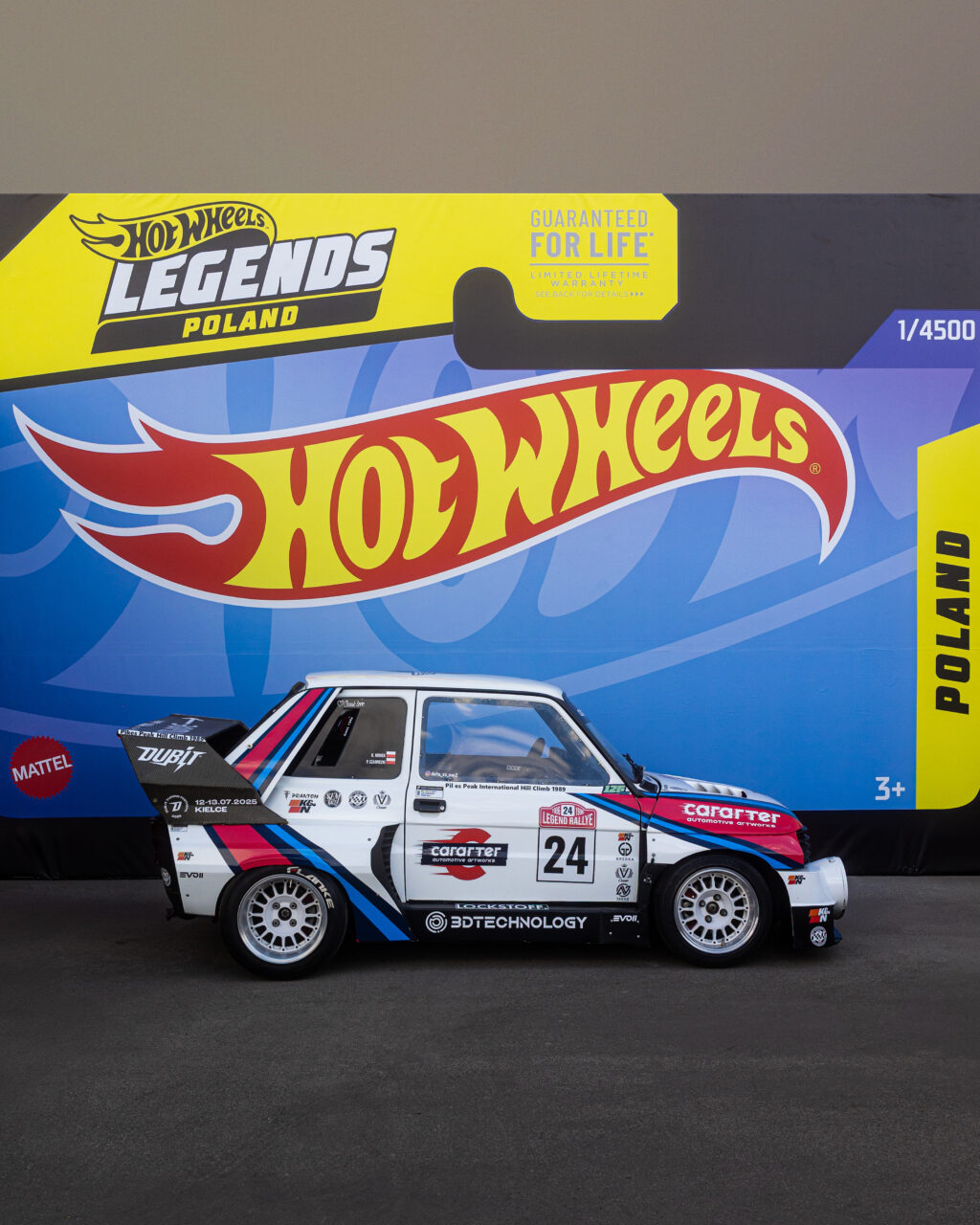2025 Hot Wheels Legends Tour Crowned by Rally-Inspired Fiat Build

In a year when the automotive world is consumed by EVs, autonomous systems, and software-defined vehicles, this may seem like an odd sidebar. Yet the 2025 Hot Wheels Legends Tour champion, a mid-engine rebuilt Fiat 126P Bis from Poland, embodies something the industry often forgets: pure mechanical creativity, human ingenuity, and the complete absence of high-voltage batteries. The car will now become the next Hot Wheels die-cast release, sold worldwide, as the winner of this global build competition.
Why does this matter right now?
Headlines about EV range, autonomous driving features, chip shortages, and supply-chain resets currently dominate the automotive sector. According to recent analysis, major trends for 2025 include battery electric vehicle growth, level-2 automated driving systems, and architecture shifts.
Against this backdrop, the Hot Wheels contest offers a refreshing counter-narrative: the return of “garage spirit” and physical fabrication. Thousands of vehicles across 16 countries entered this year’s Tour; in the end, the Polish-built by Paweł Czarnecki stood out.
It matters because the automotive community still craves craftsmanship. When a tiny car, originally built as a modest urban microcar, is transformed into a rally-inspired performance machine, and then immortalized as a 1:64 scale collectible, it reminds us how culture, community, and mechanical narrative matter just as much as metrics like 0-60 mph.

How does it compare to rivals?
The Hot Wheels Legends Tour isn’t just a styling contest: entries are judged on authenticity, creativity, and the intangible “garage spirit” that separates show-rides from true builds.
In the 2025 Global Grand Finale (Nov 15), Czarnecki’s Fiat faced off against regional champions, including a patina-rich 1990 Chevy S10 from Kansas City and a lifted VW Beetle pickup from Mexico. The Polish Fiat’s build spec is impressive: a mid-mount Fiat Uno 1.4 Turbo producing ~200 hp, paired with a Nissan 200SX GT28 turbocharger and a gearbox from a Fiat Punto GT; coil over suspension, 18.5″ (47 cm) wider stance, flip-forward hood, three-piece wheels, full roll-cage.
While many builds chase raw horsepower or extreme cambers, this one balances period-correct rally aesthetics (1980s Group B homage) with real engineering. It thus sets itself apart from the purely show builds or safe restorations.
Who is this for, and who should skip it?
If you’re a car enthusiast who loves the alchemy of fabrication, small-car platforms, rally design cues, and collector culture, this story (and build) will resonate strongly. The result isn’t a mass-market performance car, it’s a niche artifact.
But if your interest lies strictly in modern EVs, autonomous platforms, OEM factory-fresh high-efficiency vehicles, this isn’t directly your headline. The fiat-based build operates in a different dimension of mechanical joy, not software-driven mobility.
What is the long-term significance?
Firstly, the fact that the winner will be turned into a global production die-cast model represents something interesting: a bridge between grassroots automotive culture and mainstream global brand outreach. That elevates hobby-builds into collectible economics, and it signals that authentic petrol-powered enthusiasm still has currency.
Secondly, the Tour’s global expansion matters. What started in 2018 in the U.S. has now visited 16 countries and drawn thousands of entries, a sign that car culture remains vibrant internationally, despite headwinds in the broader auto industry.
Finally, this build acts as a cultural marker. As the industry pivots heavily toward electrification, software-defined vehicles, and mobility ecosystems, this Fiat reminds us of the visceral side of cars. It may inspire future builders to invest hours in fabrication, community events, and actual motorsport heritage elements that pure silicon-driven mobility might lack.







